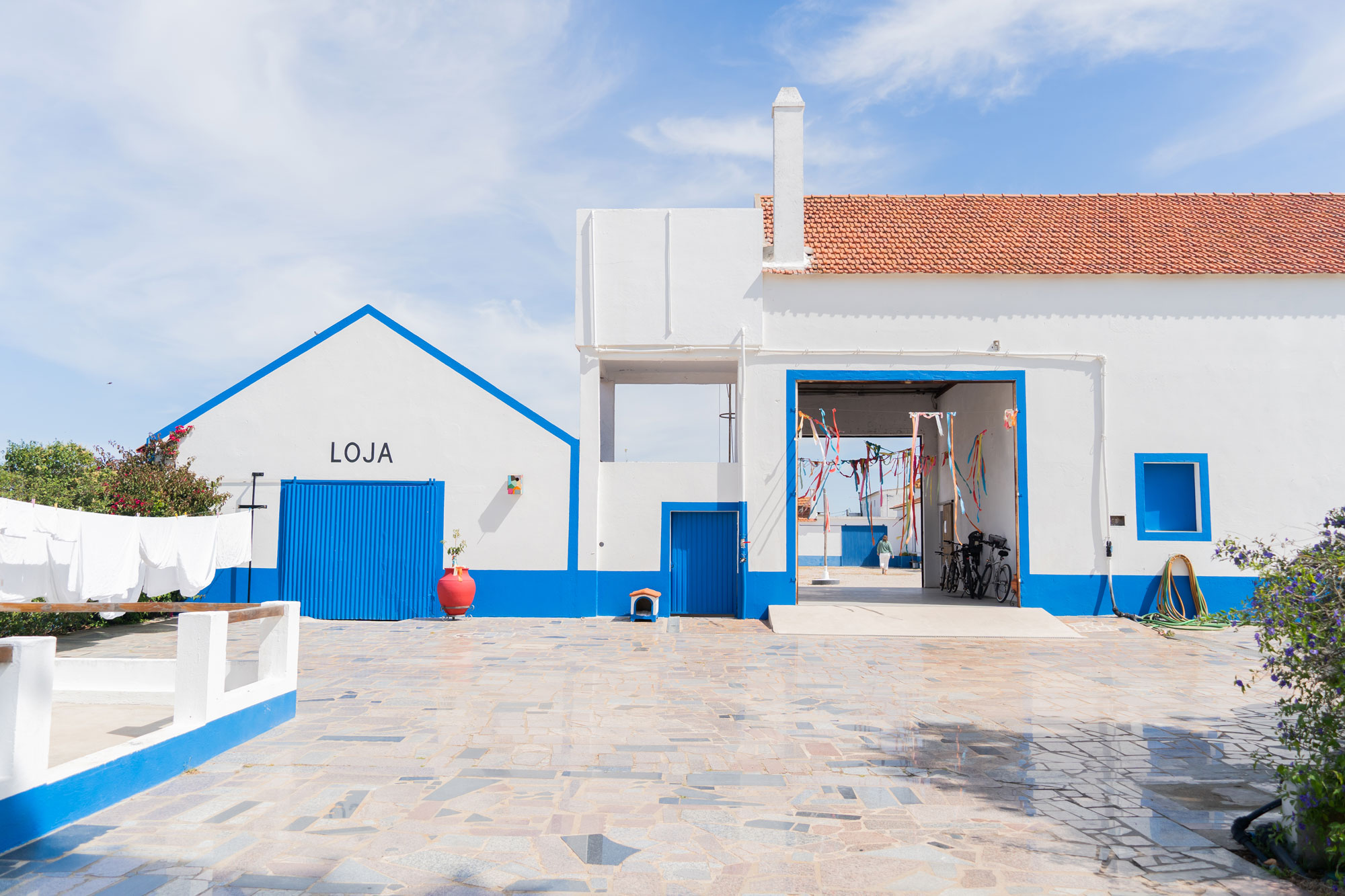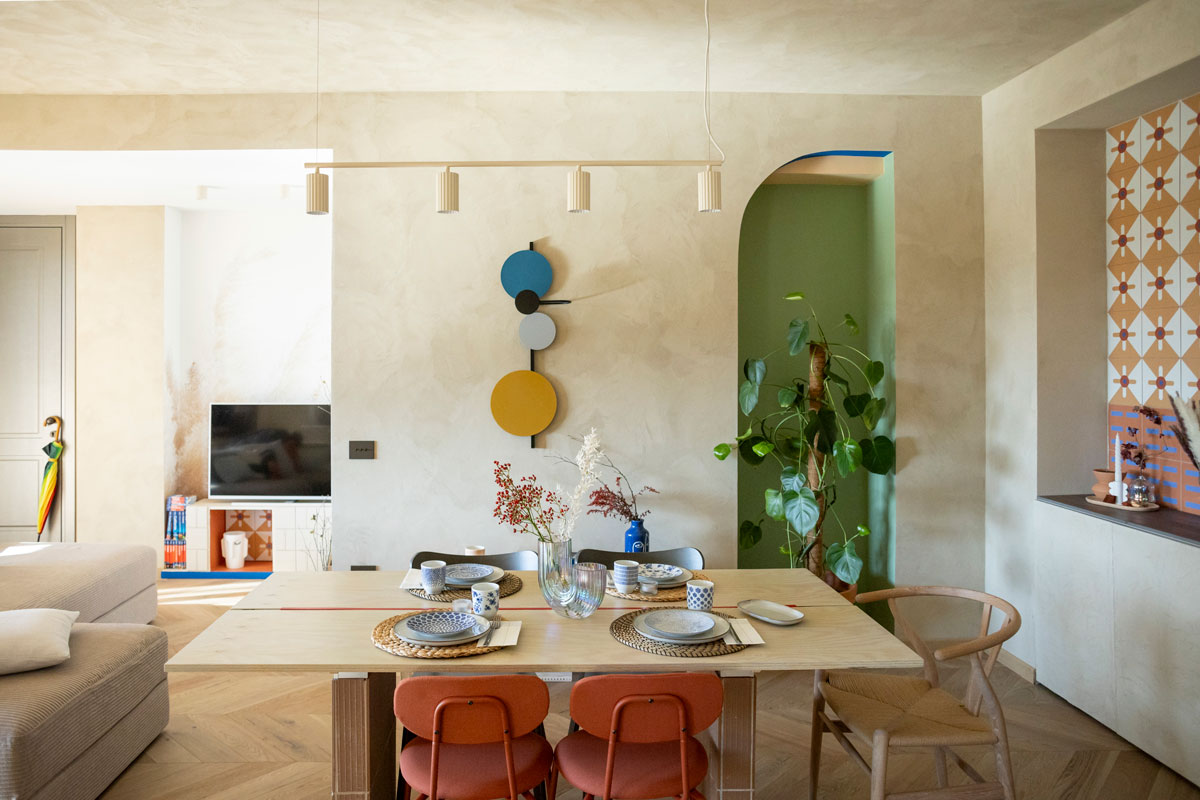Light a room the right way is not an easy thing.
I notice this every time I face a new project. Both residential and commercial lighting design is a big chapter while designing an interior, going together with everything else, and the wrong lighting can ruin an entire project.
[symple_spacing size=”10″]
When lighting is correct you hardly notice it.
Unless the designer wanted the lighting to get noticed by the way, a room lighted in the right way is the one where you even do not notice the light itself, because you just feel comfortable in that space.
Sometimes light an interior the right way becomes a complex issue.
I think for example about historical spaces where you cannot think about false ceilings and things like that. Or those large living open spaces with high ceilings and different functions in the same room.
I’m working right one at a project of this kind, and I admit it: lighting design is not an easy thing.
I am facing the issue by steps: let’s see them together?
[symple_spacing size=”30″]
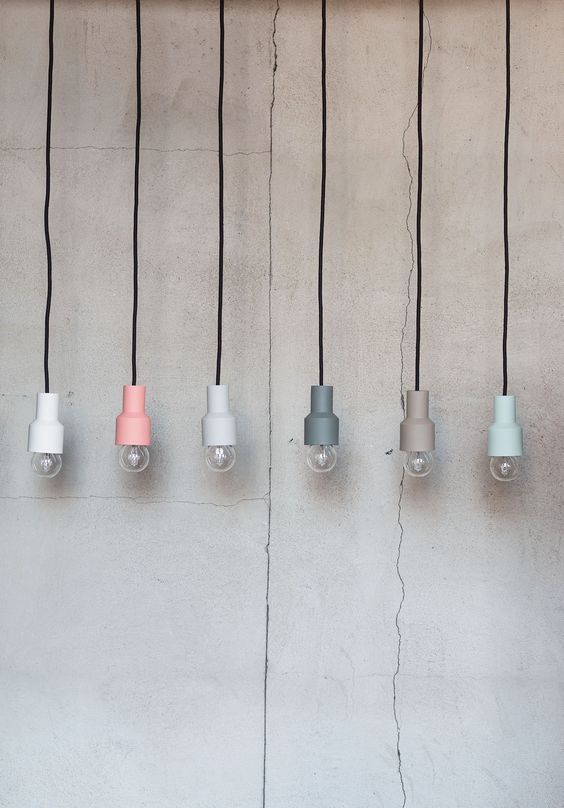
[symple_spacing size=”30″]
[ITALIAN VERSION]
Progettare l’illuminazione degli interni non è affatto cosa semplice.
Me ne accorgo ogni volta che affronto un progetto. Che sia residenziale o commerciale, la progettazione della luce è un capitolo a sé, parallelo a tutto il resto, e un’illuminazione sbagliata può rovinare un intero progetto.
[symple_spacing size=”10″]
La luce giusta invece è quella che non si fa notare.
A meno che non voglia farsi notare di proposito, un ambiente illuminato nel modo giusto è quello in cui non ti rendi conto della luce perché semplicemente in quell’ambiente ci stai bene e la luce contribuisce al tuo comfort.
Ci sono casi in cui illuminare un interno diventa una questione complessa.
Penso ad esempio alle ristrutturazioni in cui non puoi intervenire con controsoffitti e simili. Oppure ai grandi living in open space, con soffitti alti e ambienti diversi nella stessa stanza.
Ne sto seguendo proprio uno in questo periodo e lo ammetto: l’illuminazione mi mette in crisi.
Io sto affrontando la questione per step: li vediamo insieme?
[symple_spacing size=”30″]
[symple_divider style=”dashed” margin_top=”20″ margin_bottom=”20″]
step 1 | Consider the function
First step when lighting any room is to ask yourself: what happens here? Different activities require different types and levels of light. Generally there are three different types of lighting: general, task and accent. The key is to understand when to use and how to mix them.
- general light needs to be strong in rooms like kitchen, bathroom, wardrobes (around 35 watt/mq), while it’s better a medium light (around 15-20 watt/mq) in rooms like bedrooms, entries, hallways
- task light can be strong (100 to 125 watt) in working areas of the kitchen, on desks, on reading corners, on vanities
- general light can also be low and diffused. This is the case of the relax areas of the living room
[symple_spacing size=”20″]
step 1 | Considera la funzione
Il primo step, che si tratti di qualsiasi stanza della casa, è considerare le funzioni che si svolgono nello spazio. A maggior ragione se si tratta di un open space, sarà necessario dividere lo spazio nelle varie funzioni e da lì determinare la corretta illuminazione, che è un insieme di luce diretta, diffusa e d’accento.
- la luce diffusa può essere sia forte (circa 35 watt/mq) che media (15-20 watt/mq). Forte per cucina, bagno, garage, guardaroba, mentre media per ambienti come entrata, scale, camera, corridoi
- la luce concentrata necessita di essere forte (100 to 125 watt) per illuminare piani di lavoro della cucina, scrivanie, angoli lettura, specchiere del bagno
- la luce diffusa va tenuta generalmente bassa nella zona relax del soggiorno
[symple_spacing size=”30″]
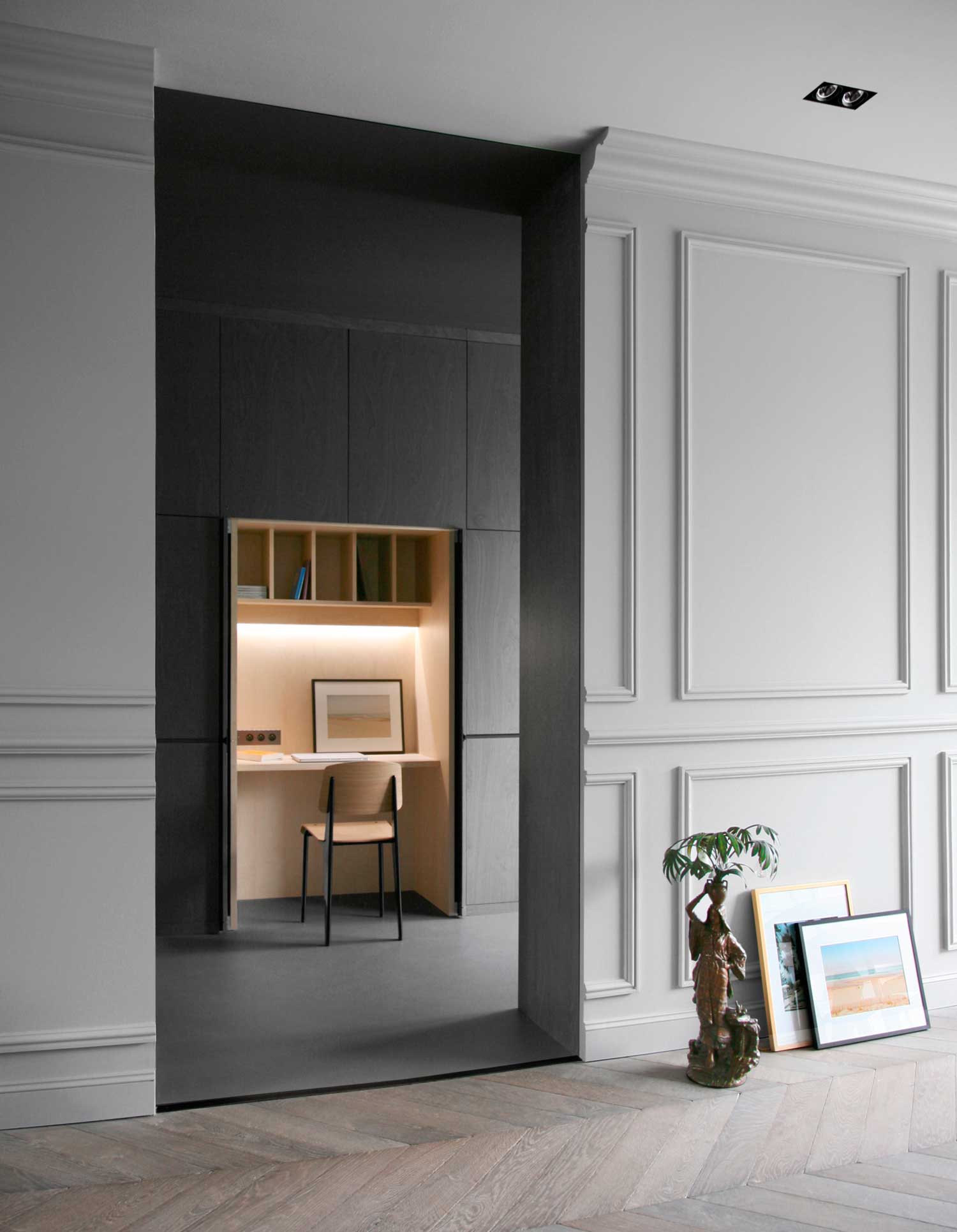
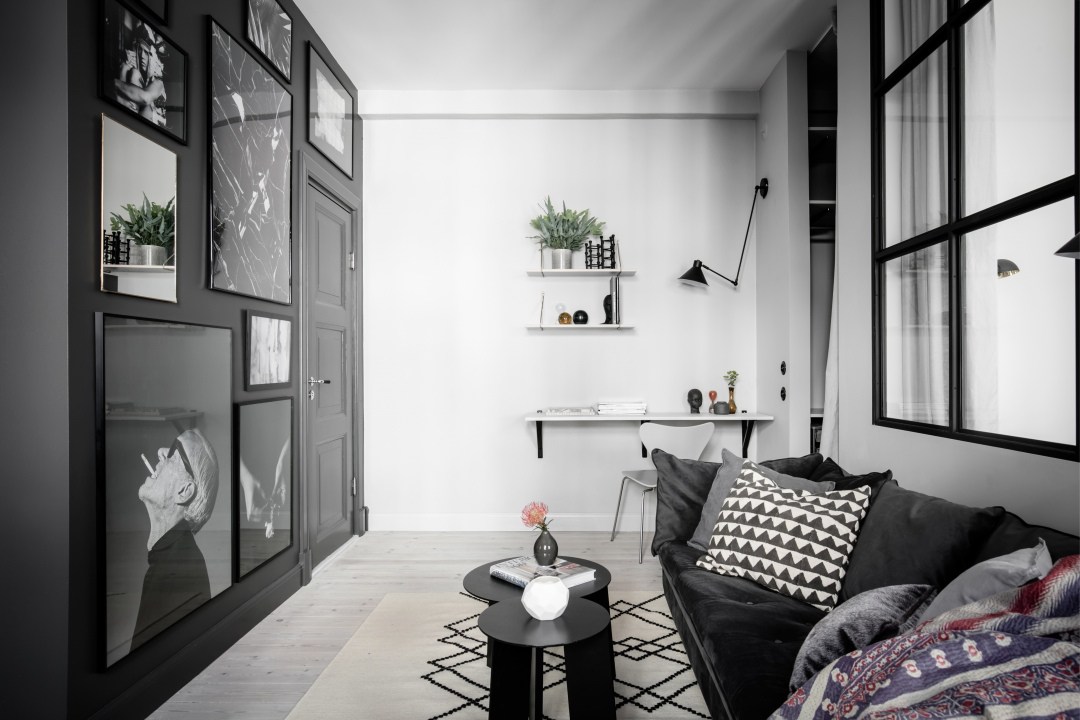
[symple_divider style=”dashed” margin_top=”20″ margin_bottom=”20″]
step 2 | Consider the room height
How tall is the ceiling? With rooms with unusually high ceilings you can go for big lamps and hang them lower, but consider that a larger light can be moved higher while a smaller light like for example a simple bare bulb needs to be moved lower. You must carefully consider proportion, with rooms with low ceiling as well.
Also: can you put recessed lights or maybe not?
Another thing: which is the correct hight for a lamp over a table, or over a coffee table on a sitting room?
[symple_spacing size=”20″]
step 2 | Considera le altezze
Quanto alto è il soffitto? In living con grandi altezze ci si può sbizzarrire con le idee ma attenzione a considerare bene le proporzioni delle lampade rispetto alla loro altezza e all’effetto generale che hanno sullo spazio, una lampada di grandi dimensioni può anche essere posizionata più in alto mentre una piccola rischia di “perdersi” se troppo alta.
Inoltre: si possono posizionare luci incassate oppure no?
Un’altra considerazione inoltre va fatta riguardo l’altezza di una lampada in relazione a cosa sta sotto: l’altezza sopra ad un tavolo non sarà la stessa di quella sopra ad un angolo soggiorno, ad esempio.
[symple_spacing size=”30″]
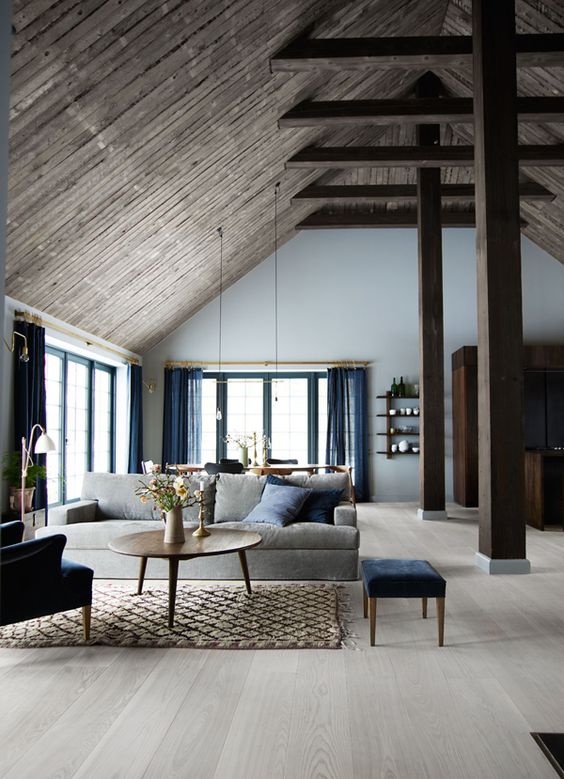
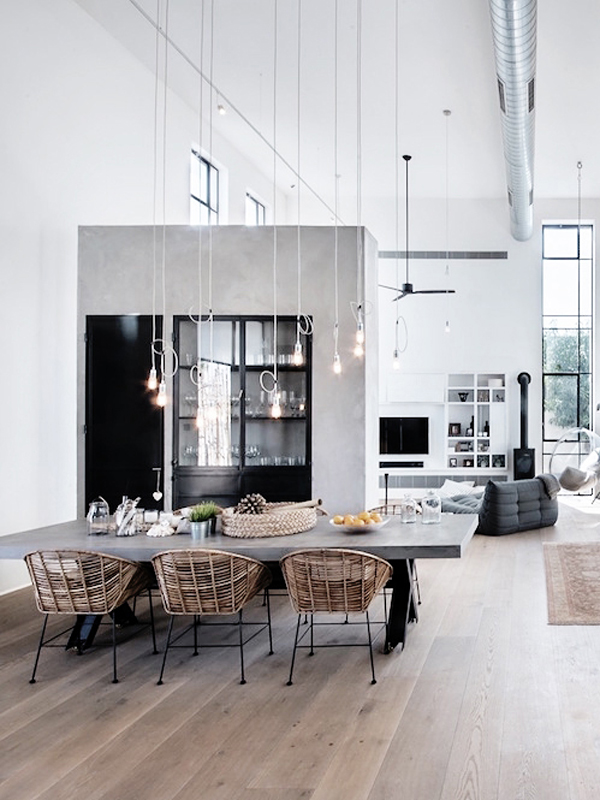

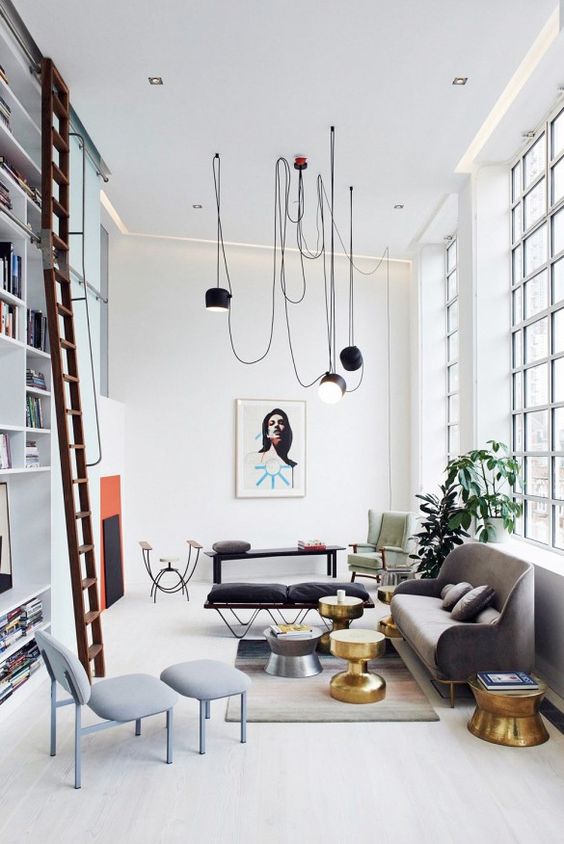
[symple_divider style=”dashed” margin_top=”20″ margin_bottom=”20″]
step 3 | Localize the source
You do not need to light all the space, but just to match multiple points of lights according to the interior project, then to find the right lampshade to spread it. The furniture arrangement of course runs a decisive role in the lighting design, first of all because you have to decide where to put the electrical outlets.
Multiple points of light in several layers can add interest to the lighting design: in living rooms, consider using a combination of floor lamps, table lamps, and down-lights.
[symple_spacing size=”20″]
step 3 | Localizza la fonte luminosa
Non serve aggiungere luci ovunque, anzi la troppa illuminazione è un errore comune e davvero fastidioso in uno spazio living. Considerate il progetto di interni, la disposizione degli arredi, e da lì l’illuminazione, anche perché prima di tutto si devono disporre le prese.
Lavorare su diversi livelli di illuminazione è la soluzione ideale per un’area living, in cui si può pensare ad una combinazione di lampade da terra, da tavolo e a sospensione.
[symple_spacing size=”30″]

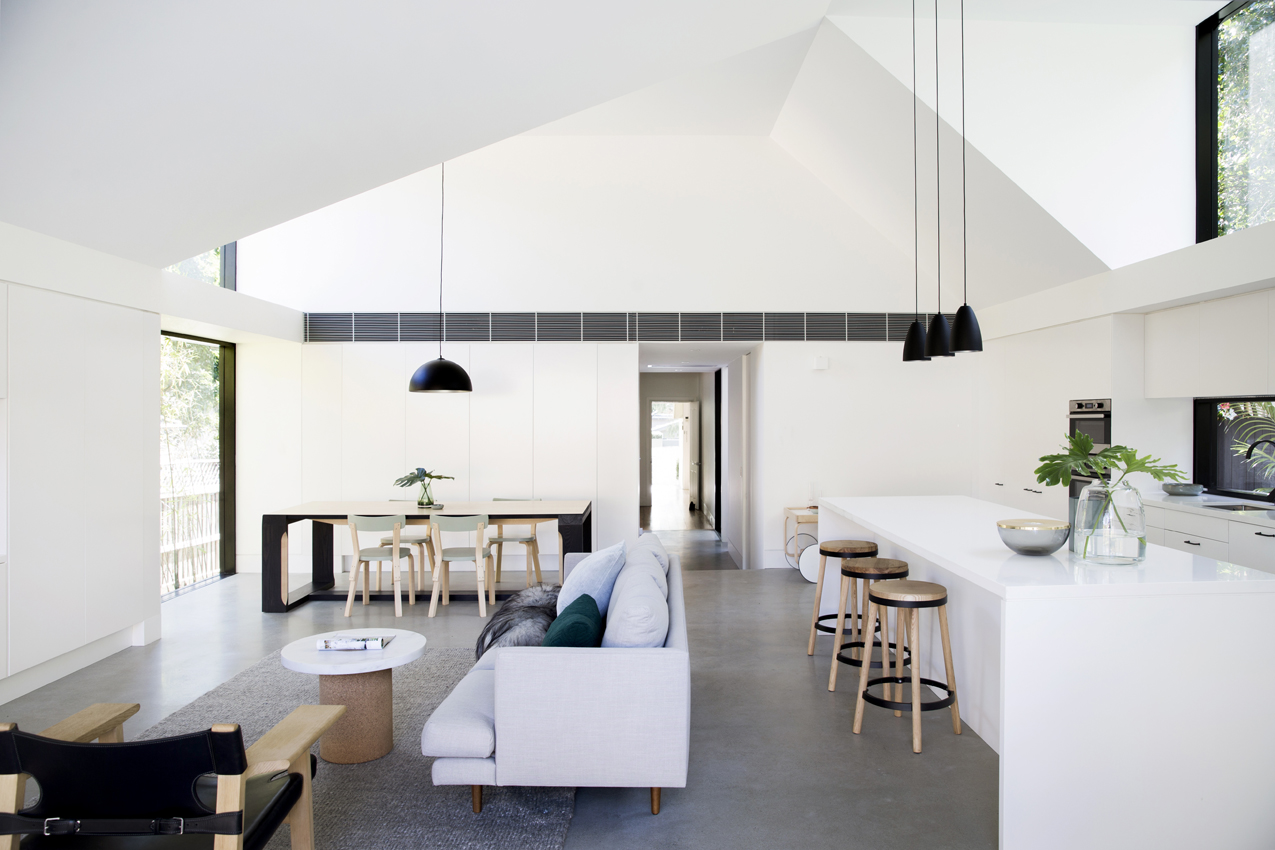

[symple_divider style=”dashed” margin_top=”20″ margin_bottom=”20″]
step 4 | The best light?
However my idea is that the best light is the natural one: in my dream home there must be large glazed windows to get the maximum of the outdoor light, and in my opinion there is no design lamp which bears the comparison of sunlight.
Finally, remember to consider the dimmable lamps: a simple dimmer will help to illuminate the house even in the gloomy days!
[symple_spacing size=”20″]
step 4 | Qual è la luce migliore?
Io sono comunque convinta che la luce migliore sia quella naturale: potendo scegliere vorrei una casa con ampie vetrate per poter fare entrare al massimo la luce che c’è fuori, è proprio uno dei miei sogni e per me non c’è lampada, per quanto di design, che regga il confronto.
Ricordiamoci infine di considerare le lampade dimmerabili: un semplice regolatore di intensità servirà per illuminare la casa anche nelle giornate più uggiose!
[symple_spacing size=”30″]
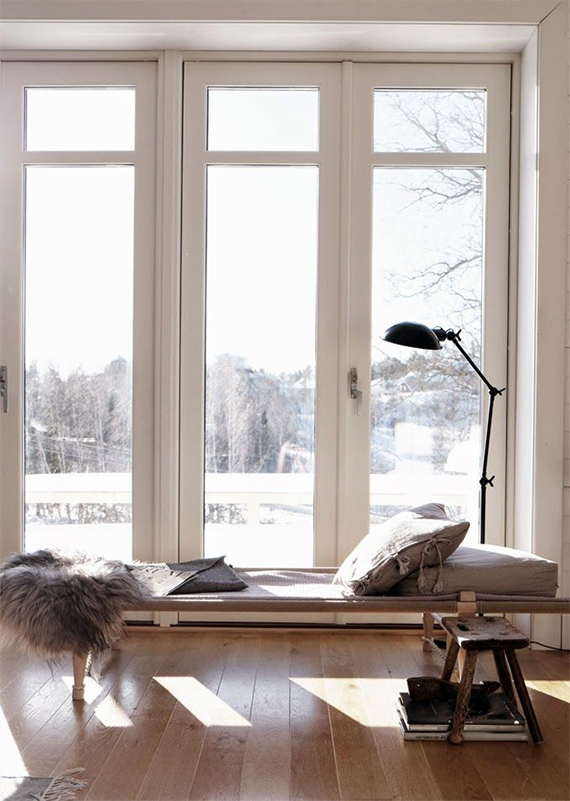

[symple_divider style=”dashed” margin_top=”20″ margin_bottom=”20″]
step 5 | consider the support of a lighting professional
The best thing, especially for the more complex projects, it is to ask for the advice of a lighting design expert. The best thing for us, the interior designers, is a showroom that can offer both the sale of design lamps and the advice of a lighting designer.
You can find this place in Milan, Viale Montenero 53: Montenero53 puts together a longtime experience in the lighting design with the best brands, in a brand new space. More then just a lighting showroom (where, however, you can find brands such as Flos, Vibia, Foscarini, Artemide, to name a few), it’s a shop that offers a 360-degree consultancy service starting from the from the lighting project to the product sale.
Take note!
[symple_spacing size=”20″]
step 5 | affidarsi ad un esperto di illuminazione
L’ideale per non sbagliare, soprattutto nei progetti più complessi, è quello di affidarsi ad un esperto. L’ideale anche per noi professionsiti del settore è una showroom che offra sia la vendita di lampade di qualità che un servizio di progettazione delle luci.
Un posto cosi ha appena aperto a Milano, in Viale Montenero 53: Montenero53 infatti mette insieme l’esperienza pluriennale nel settore dell’illuminazione di Imatfelco e le proposte dei grandi marchi di design in un unico spazio. Non si tratta quindi di una semplice showroom di illuminazione (nella quale peraltro troverete brand del calibro di Flos, Vibia, Foscarini, Artemide, solo per citarne alcuni), ma di un negozio che offre anche un servizio di consulenza a 360 gradi che parte dal sopralluogo e arriva alla consegna del prodotto.
Take note!
[symple_spacing size=”30″]
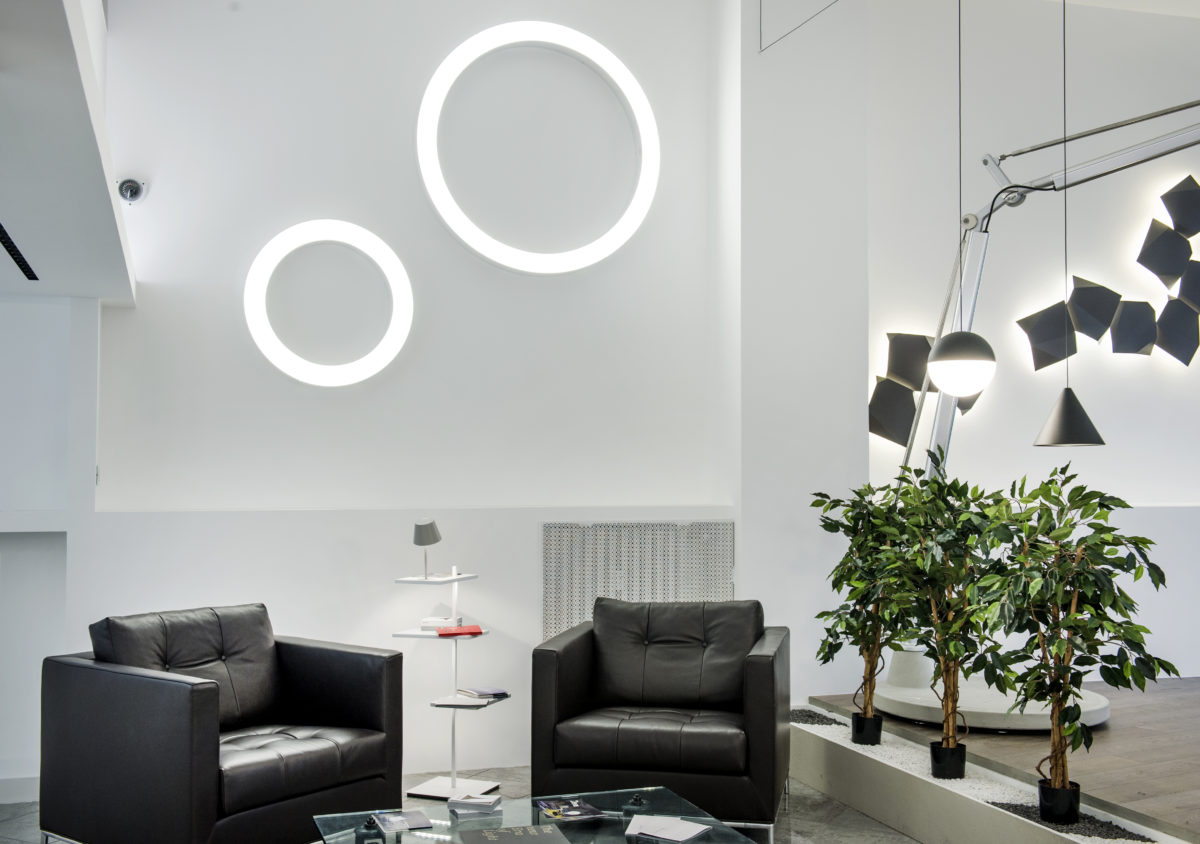

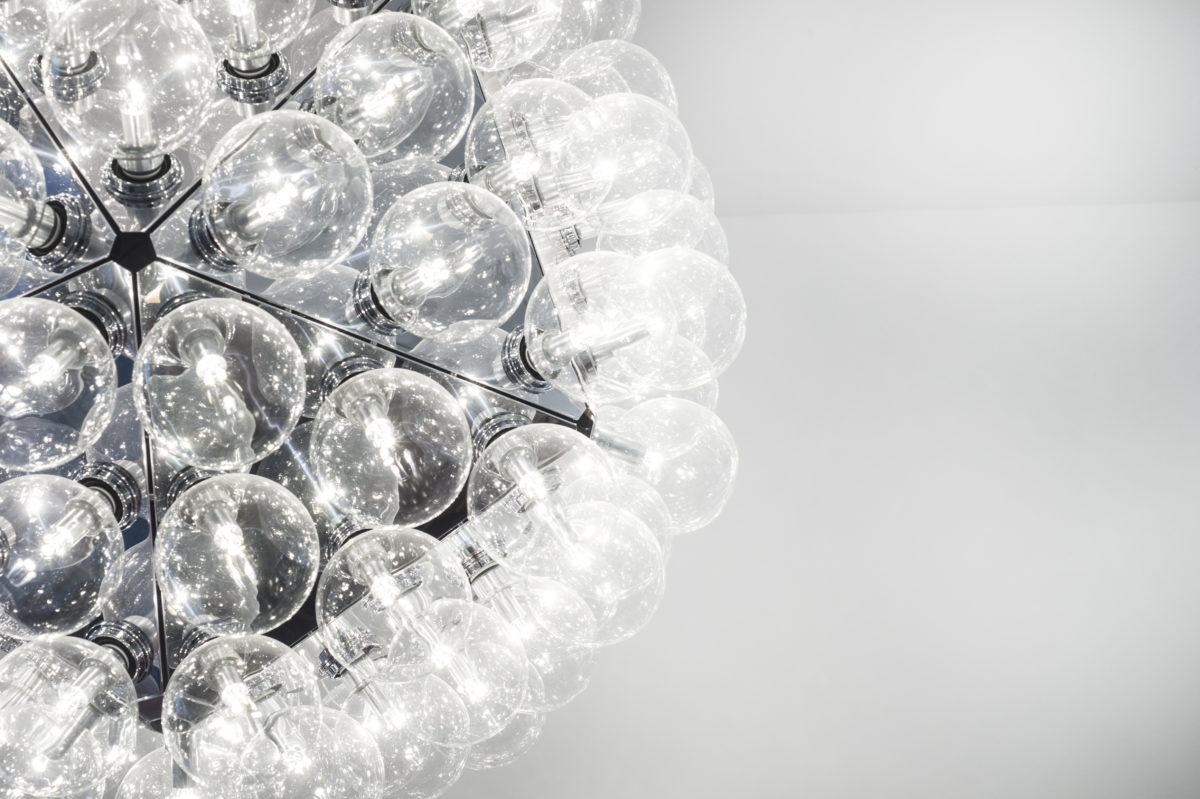
images by Montenero53


